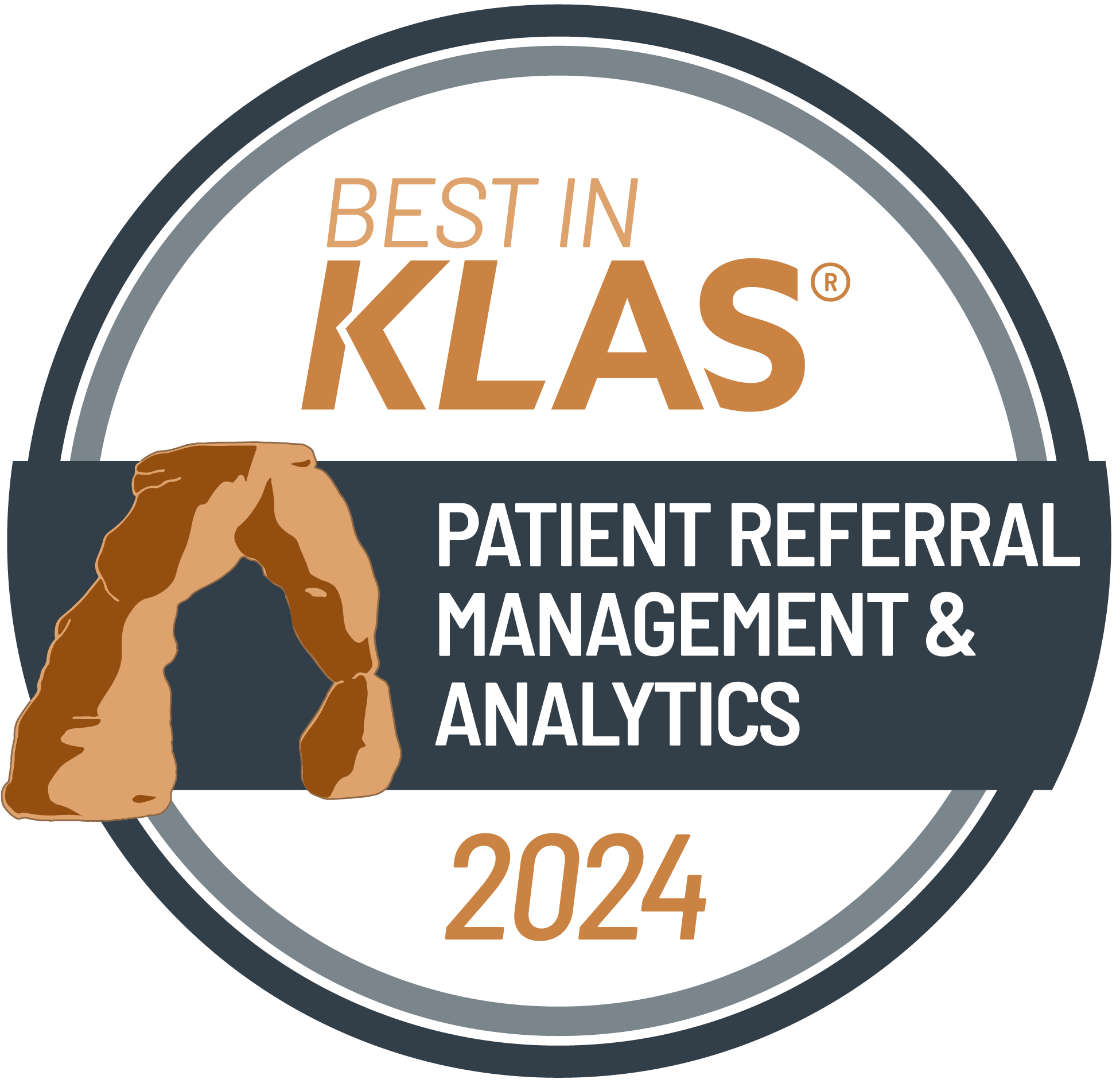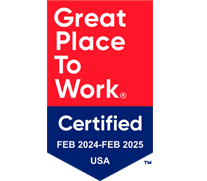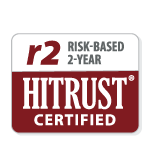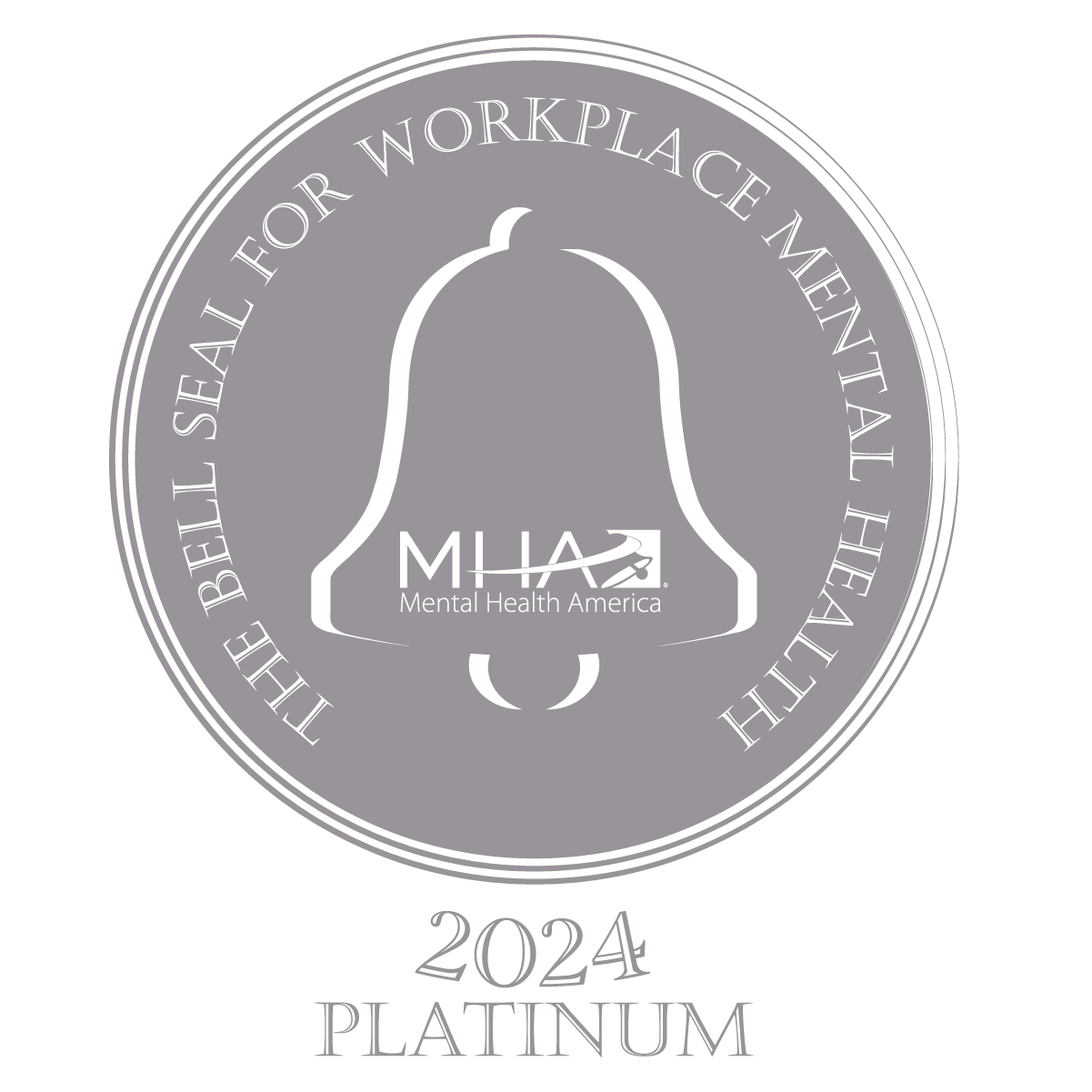Chronically ill patients signed up for Medicare Advantage are about to see their lives get a little easier, and payers and patients aren’t the only ones who will benefit. Home healthcare providers that plan ahead to expand their service offerings may see a significant boost in their reimbursements and higher patient satisfaction, too.
It’s been 18 months since the Creating High-Quality Results and Outcomes Necessary to Improve Chronic (CHRONIC) Care Act was signed into law as part of the Bipartisan Budget Act of 2018. CHRONIC changes the way people who have Medicare Advantage are cared for by allowing plans to cover non-healthcare related services -- called Special Supplemental Benefits for the Chronically Ill (SSBCI). As a result, Medicare Advantage plans, the private plans offering Medicare benefits, can develop and offer special supplemental benefits for those with persistent illnesses including services such as home-based palliative care, non-skilled in-home support and services, and non-opioid pain management, according to the Better Medicare Alliance.
The new law was augmented earlier this year when the Centers for Medicare & Medicaid Services (CMS) released its 2020 Final Call Letter and subsequent guidance. This expansion results in services that specifically address social determinants of health (SDOH), solidifying the second consecutive year of funding and adding additional unskilled benefits funding to the reimbursement mix. Experts and payers are lauding this news.
“This is an opportunity to provide a really different layer of support to chronically ill older individuals who have daily living needs and are reliant on a whole range of support to be able to better meet their needs,” says Gretchen E. Alkema, vice president of policy and communications at the SCAN Foundation. “For organizations to say, ‘Let's figure out what we do best, have some analytics behind that, be able to make the business case and demonstrate how it makes dollars sense and really makes people sense.’ It makes a quality case for improving care for this particularly vulnerable population where shifts in their social environment can have...a huge negative impact on a person's health.”
There are a myriad of reasons why this move is so important, agrees Christy Vitulli, senior vice president, payor relations and network innovation at Amedisys, but one in particular stands out to her, she says. With CMS considering coverage for non-traditional services that impact overall healthcare status, healthcare outcomes can and will change. “They're starting to pay for things that address the care and the services that are needed between the doctor visits and between these expensive trigger events or hospitalizations to help keep patients safe, safely healing, and aging in place in their home and out of the hospital.”
Getting Ready For Changes
Based on data from CMS, about 102 plans or seven percent of all Medicare Advantage plans currently offer the first round of supplemental benefits. That number is expected to double in 2020 and double again the year after. Milliman, with support from the Better Medicare Alliance, released its projections for 2019 revenue from these services and the results are impressive. Today, 51 offer in-home support services, with 29 offering home-based palliative care. None of the plans offered more than one of the nine services.
As the SDOH offerings phase in this October, experts expect to see similar payer adoption. The onus will be on home healthcare providers – especially those that already have relationships with Medicare Advantage policy providers -- to prepare for the change and create internal offerings.
“For home health agencies it means that we can start thinking differently and, frankly, more broadly about the care plan that we recommend. We can bring forward care plans that truly address total patient needs,” explains Vitulli from Amedisys. “It really means that we get to think about total health care in the home across clinical, medical, and non-medical types of services and beyond just what we might think of as a traditional home health visit or home health episode across a longer period of time.”
Most home healthcare organizations don’t have this kind of expertise in house already so it will require either making strategic partnerships with other types of homecare providers or starting from scratch, adding new personnel and capabilities. For example, Amedisys entered into a partnership in July with caregiver scheduling and billing provider ClearCare Inc. The relationship will make it easier for the Baton Rouge-based home healthcare and hospice provider to work with outside personal care agencies that specialize in SDOH offerings. The company already forged such an agreement with Senior Solutions Home Care.
Providers will also need to think about proving out the value of these new services. Medicare Advantage payers will want proof that the services are helping to keep patients out of acute care settings, stabilizing and lowering costs, something that CMS is constantly looking out for, says Geoffrey Nudd, the CEO and founder of ClearCare. “When you look at the top five percent of patients that drive 50 percent of healthcare costs, 44 percent of them have at least one functional limitation. That works out to more than $740 billion per year. Payers are just starting to understand the impact that access to these services can help.”
When home healthcare providers can show that access to the services is actually reducing hospitalization, reimbursements will go up as costs come down. Analytics can definitely help, says Nudd. He advocates for a formula where predictive analytics and clinical decision support sits at the top, informing which interventions are best for which patients. In addition, those informatics need to be in the hands of critical care coordinators, he says.
Finally, providers should be able to identify the gaps in care in all the communities that they serve. Vituli suggests gathering the data and facts around these gaps, sharing them with payers and other care providers, and start talking in your community about how you can connect the services to those gaps. “We need to get better at coordinating care among ourselves and then sharing the results from coordinating our care plans. Our industry is so highly fragmented and if we don't get better at working together, and if we don't get better at representing our outcomes, then we are part of the problem.”
Once you’ve undertaken this process, the next step is reaching out to payers. Providers should be reaching out to start or deepen relationships today before new plan offerings are announced. “If you're operating in a market and you have a contract with a Medicare Advantage plan to deliver the traditional Medicare home health services and that plan in October announces that it is going to be offering nonmedical supplemental benefits, some of which are things that you have capabilities for, you should one hundred percent see what you can do to get in the network to deliver those for them,” explains Tumlinson of Anne Tumlinson Innovations.
Here at Forcura we’re getting prepared, too. We’re readying analytics offerings that will help healthcare organizations gain meaningful insights into their operations and finances. A deep understanding of core processes will enable agency decision makers to optimize staff, revenues and outcomes, and ideally position themselves for new partnerships by demonstrating the value of their services.
We’re excited to see the continuation of CMS’s expanded reimbursement for non-clinical patient care for those most in need, and truly believe this focus will help to bend the cost curve. More affordable care will translate into more sustainable care for all. That’s something we can all get behind!
 |
Annie Erstling is Chief Strategy Officer at Forcura. In this role she is responsible for driving growth and oversees the company's strategic planning, product innovation, marketing and strategic partnerships. Annie is passionate about the real impact that data and the free flow of communication in healthcare can have on improving the patient experience and driving better outcomes. Connect with Annie on LinkedIn. |










